Roast Lamb Recipes
Welcome to our culinary journey, where we celebrate one of Britain's best-loved dishes: the classic roast lamb. In the heart of every British kitchen, this popular dish is a symbol of heritage, a centrepiece of family gatherings, and a testament to the rich agricultural tapestry of the British Isles.
The history of lamb in British cuisine is as rich and varied as the flavours of the dishes themselves. In Scotland, lamb has been a staple for centuries, revered for its tender, flavourful meat and its role in sustaining local communities. From the rugged Highlands to the serene valleys, Scotch Lamb is a product of the land, with farmers priding themselves on traditional, sustainable rearing practices.
Whether it's a festive celebration, a Sunday family dinner, or a cosy gathering among friends, a roast leg of lamb is a dish that brings people together. Lamb's versatility in recipes, from the classic mint sauce pairings to modern, innovative marinades, caters to a wide array of tastes.
So, tie your apron, sharpen your knives, and let's get cooking!
The Global Love Affair with Roast Lamb
Roast lamb, a quintessentially British dish, is not only popular in the UK but is also much loved in a variety of culinary traditions worldwide.
- British Roots: In the UK, particularly in Scotland, roast lamb is steeped in tradition. This dish is often the centrepiece of major celebrations, such as Easter and a firm Sunday roast staple. The British mastery of roasting lamb, with its perfect blend of fresh rosemary and garlic cloves, has set the standard for this dish worldwide.
- European Classics: Countries like Greece have embraced lamb in their unique ways, creating iconic dishes like the famous Greek lamb roast (Kleftiko), seasoned with oregano, lemon, and garlic. Similarly, in Italy, Abbacchio al Forno, a roasted young lamb, is a cherished Easter tradition.
- Middle Eastern Flavours: In Middle Eastern cooking, the lamb is often slow-cooked with spices like cumin, coriander, and cardamom, creating a melting pot of tastes.
- The American Twist: Across the Atlantic, in the United States and Canada, roast lamb is a beloved dish, especially for festive occasions. While maintaining the essence of the traditional British roast, North Americans often add their twist with marinades and side dishes, reflecting the diverse culinary landscape of these nations.
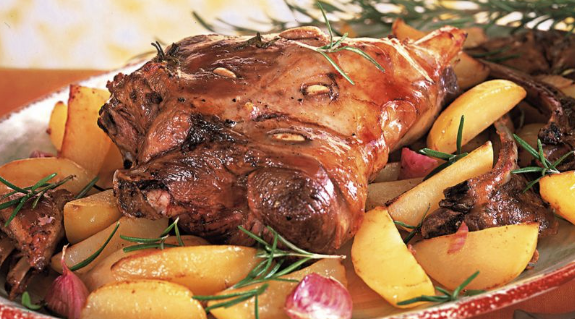
The global popularity of roast lamb showcases how a simple dish can transcend borders, adapt to various cultures, and bring people together.
Choosing Your Lamb
When it comes to creating a memorable lamb roast, the journey begins with selecting high-quality ingredients such as premium Scotch Lamb that is guaranteed to elevate your dish.
Here are some tips to guide you in choosing the best meat for your tasty roast lamb recipe.
1. Opt for Local, Quality Lamb
- Quality and Freshness: Scotch Lamb, particularly from local sources, is known for its exceptional quality and freshness. By choosing local, you are getting lamb that hasn't undergone long transportation, ensuring it's as fresh as can be.
- Supporting Local Farmers: Purchasing local lamb means supporting the local economy and farmers who employ traditional, sustainable farming practices.
2. Understanding Lamb Grades
- Look for Quality Marks: In the UK, look for quality assurance marks like the 'Scotch Lamb PGI' (Protected Geographical Indication). This indicates the lamb was born, reared, and processed in Scotland, adhering to strict welfare standards.
3. Selecting the Right Cut
- Leg of Lamb: A classic choice for roasting, the leg of lamb is lean, tender, and ideal for feeding a crowd. It can be roasted whole, bone-in for flavour, or boneless for easier carving.
- Shoulder of Lamb: Richer in flavour, the shoulder is perfect for slow roasting. It is a more forgiving cut, staying tender and juicy even with extended cooking.
- Rack of Lamb: For a more elegant presentation, the rack of lamb is ideal. It is best cooked medium-rare to medium and delivers a tender, flavourful experience.
- Lamb Loin: Another option for a smaller gathering, lamb loin can be roasted as a whole piece or cut into individual loin chops.
4. Check for Marbling and Colour
- Marbling: Good quality lamb should have a small amount of marbling – these are the fat streaks within the meat, which melt during cooking, adding flavour and tenderness.
- Meat Colour: Look for lamb with a pink to reddish-pink colour, indicating freshness and quality. The fat should be white and creamy, not yellow.
5. Consult Your Butcher
- Don't hesitate to ask your butcher for recommendations. They can advise on the best cuts for your needs and provide insights on how to prepare and cook them.
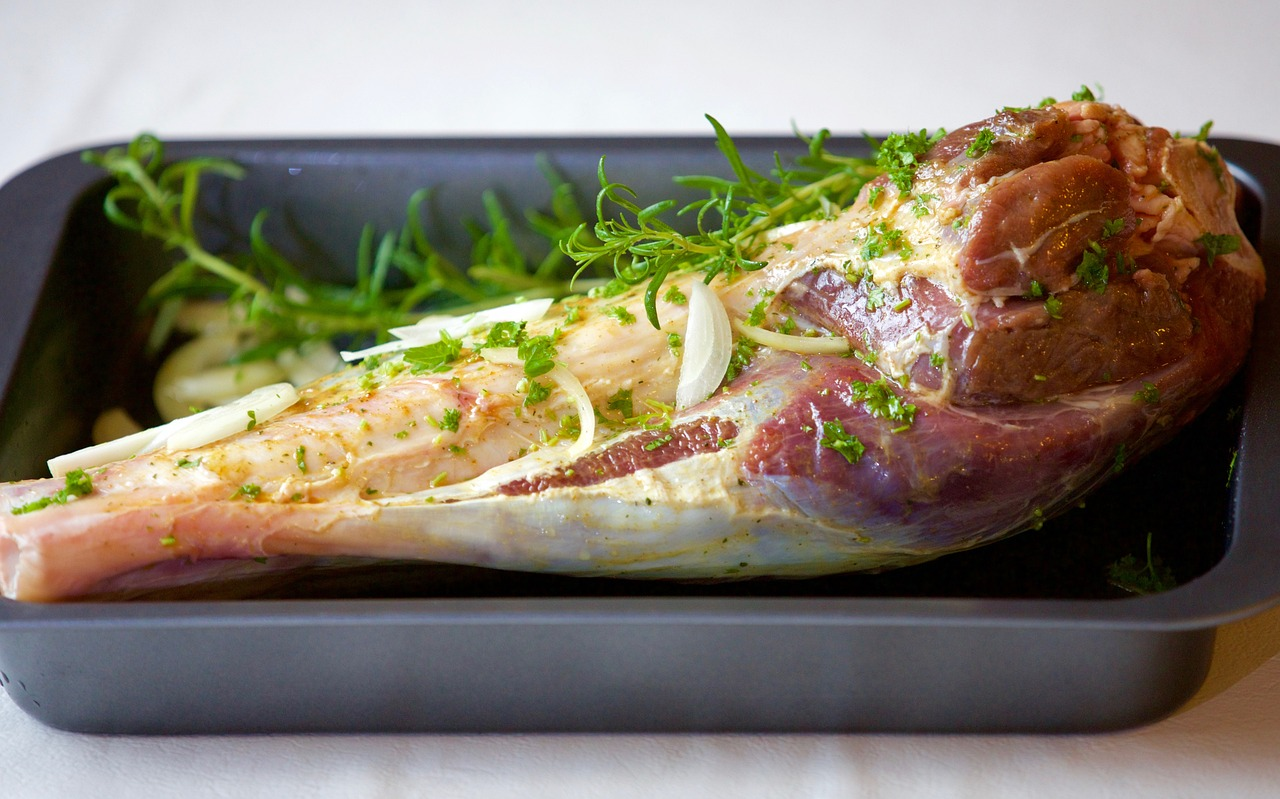
In summary, the secret to a delectable lamb roast recipe lies in choosing the right cut, with an emphasis on local, high-quality produce. Whether it is the robust flavours of a shoulder roast or the refined elegance of a rack, each cut offers a unique experience, ready to be transformed into a culinary masterpiece in your kitchen.
Preparing Your Lamb
Once you have selected the perfect cut of amb, the next step is preparing it. This is where you can infuse your personal touch and creativity. Here's a step-by-step guide to preparing your lamb, along with some suggestions for marinating and seasoning.
Step 1: Bring Lamb Meat to Room Temperature
- Before anything else, take your lamb out of the fridge and let it sit at room temperature for about 30 minutes to an hour. This ensures even cooking.
Step 2: Preheat Your Oven
- Preheat your oven. The temperature will depend on the cut you are roasting and your recipe, but a general range is 180°C-220°C (350°F-430°F).
Step 3: Marinating (Optional but Recommended)
- Traditional Marinade: For a classic flavour infusion, mix olive oil, garlic, and fresh herbs such as rosemary or thyme. Apply generously over the lamb, rubbing it into the meat.
- Innovative Marinade: For something different, try a marinade of pomegranate juice, honey, mustard, and a touch of soy sauce for a sweet and tangy twist.
Step 4: Seasoning
- Season the lamb generously with salt and pepper. You can also add additional herbs and spices to suit your taste. Consider coriander, cumin, or a blend of Provencal herbs and lemon zest for a different flavour profile.
Step 5: Adding Extras
- If you are cooking lamb leg, you can insert slices of garlic and sprigs of herbs into small cuts made in the lamb leg. This enhances the flavour from within as it cooks.
- You can lay the lamb on a bed of roughly chopped onions, carrots, and celery in the roasting pan to infuse a deep flavour into your gravy.
Step 6: Tying the Lamb (If Necessary)
- If you are roasting a boneless cut, like a rolled shoulder or loin, tie the lamb with kitchen string at intervals to hold its shape during cooking.
Step 7: Basting
- To keep the lamb moist and flavourful, baste it occasionally with its juices or a bit of stock during roasting.
Step 8: Testing for Doneness
- Use a meat thermometer to check for doneness. For medium-rare, look for an internal temperature of about 60°C (140°F), medium at 65°C (150°F), and well-done at 70°C (160°F).
Step 9: Resting
- Let the cooked lamb leg rest covered in foil for up to an hour. This allows the juices to be redistributed, ensuring moist and tender meat.
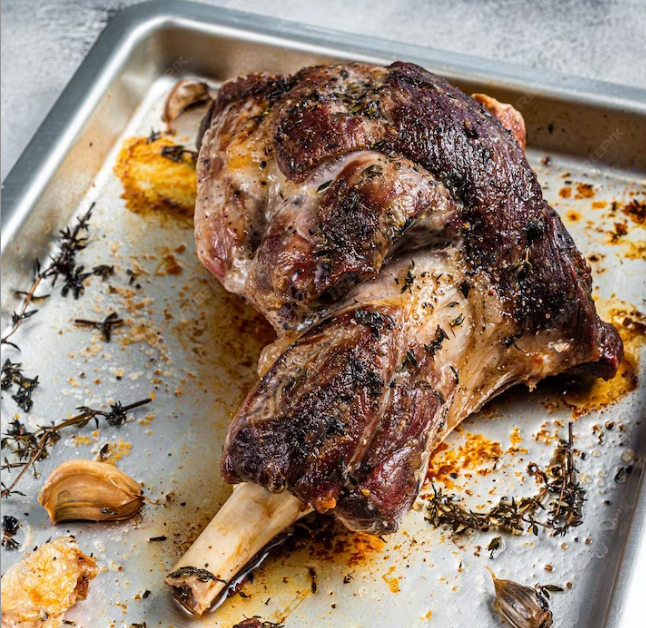
By following these simple steps and adding your personal touch with marinades and seasonings, you will be well on your way to creating a perfect roasted leg or shoulder of lamb recipe.
Modern Twists on Classic Roast Lamb Recipes
While the traditional roast lamb is a timeless favourite, adding a modern twist can rejuvenate this classic dish and surprise your guests. Here are some creative variations to inspire your next culinary adventure!
- Herb-Crusted Rack of Lamb: Coat a rack of lamb with a crust of finely chopped fresh herbs (like parsley, rosemary, and thyme), breadcrumbs, and Dijon mustard. This creates a crisp, flavourful outer layer that complements the tender meat beautifully.
- Slow-Roasted Shoulder with a Honey Glaze: Marinate a lamb shoulder in a mix of honey, garlic, and balsamic vinegar, then slow-roast it until it's meltingly tender. The honey caramelises during cooking, resulting in a sweet contrast to the savoury lamb.
- Spiced Lamb Loin with a Whisky Sauce: Rub a lamb loin with a blend of Scottish-inspired spices like juniper berries and black pepper, then roast. Serve with a whisky-infused sauce for an innovative Scottish twist.
- Lamb Leg Stuffed with Haggis: Stuff a deboned leg of lamb with haggis to infuse the lamb with a unique, savoury depth.
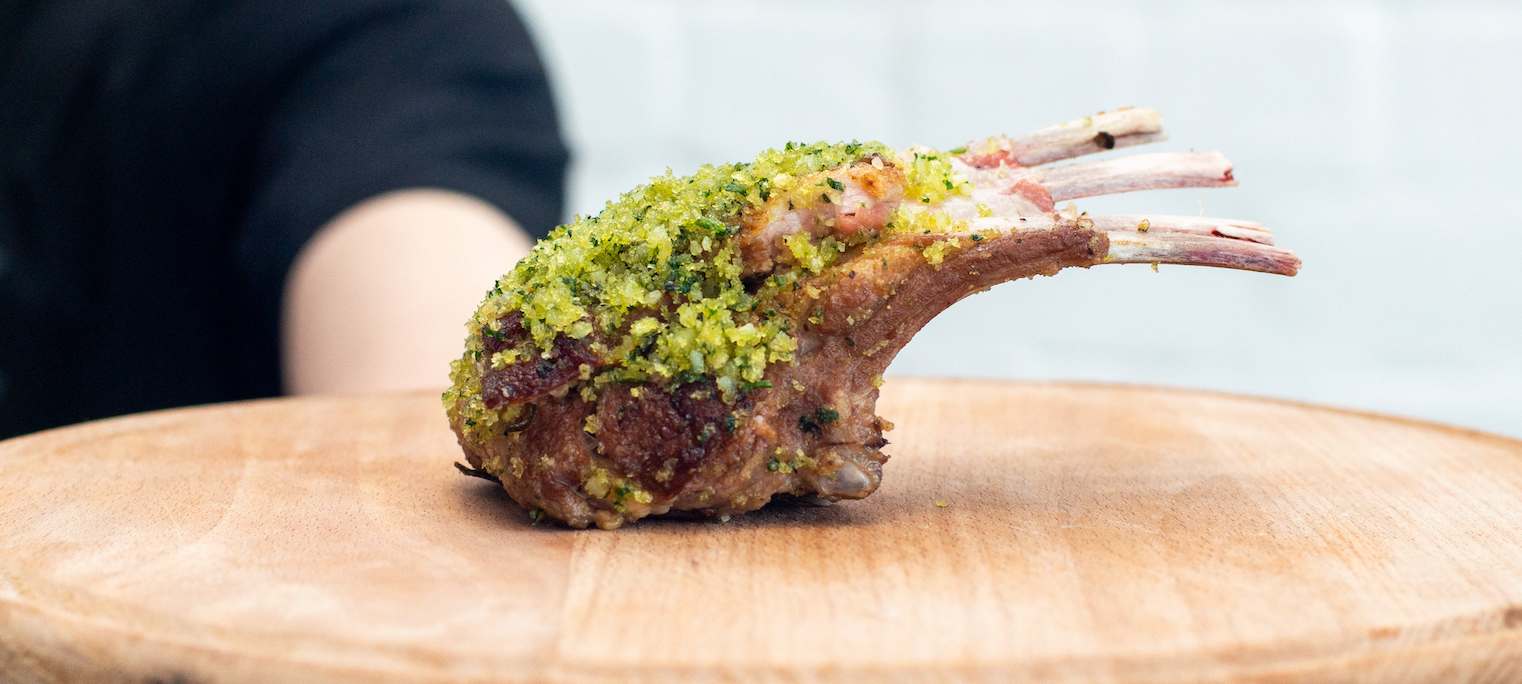
Perfect Sides
Pairing the perfect sides with roast lamb can elevate your meal to a whole new level. The right accompaniments not only complement the flavours of the lamb but also add variety and balance to your plate.
Here are some classic and innovative side dishes that pair wonderfully with your roast lamb:
- Roasted Root Vegetables: A mix of carrots, parsnips, sweet potatoes, and beets, seasoned with herbs and olive oil, roasted until caramelised. They offer a sweet and earthy counterpoint to the savoury lamb.
- Mint Sauce: A traditional British condiment made from finely chopped mint, vinegar, and sugar. Its freshness cuts through the richness of the lamb. This can be substituted with mint jelly.
- Garlic and Rosemary Roast Potatoes: Potatoes roasted with garlic, rosemary, and olive oil. They absorb the flavours while roasting, becoming crispy on the outside and fluffy on the inside.
- Yorkshire Puddings: A classic British side, these light, airy puddings made from a simple batter of eggs, flour, and milk, are perfect for soaking up the lamb's juices and gravy.
- Green Beans with Almonds: Blanched green beans sautéed with butter and topped with toasted almonds add a crunchy, nutty element to the meal.
- Pea and Mint Puree: A bright and refreshing side of pureed peas with mint. This provides a creamy texture and a burst of fresh flavour.
- Gratin Dauphinois: A French classic, this creamy and cheesy potato dish, flavoured with garlic and nutmeg, adds richness and depth to the meal.
- Couscous or Quinoa Salad: For a lighter side, a couscous or quinoa salad with herbs, fresh lemon juice, lemon zest, and vegetables can be a refreshing complement.
- Ratatouille: A stewed vegetable dish from Provence, featuring aubergines, courgettes, bell peppers, and tomatoes, seasoned with herbs. It brings a Mediterranean flair to the table.
- Honey-Glazed Carrots: Carrots glazed with honey and a touch of butter, perhaps with a sprinkle of thyme or dill, offer a sweet and savoury balance.
- Balsamic Roasted Brussels Sprouts: Brussels sprouts roasted with balsamic vinegar become crispy and caramelised, providing a deliciously tangy accompaniment.
- Warm Lentil Salad: A hearty and healthy addition, lentils tossed with onions, carrots, and a light vinaigrette can add both texture and nutrition.
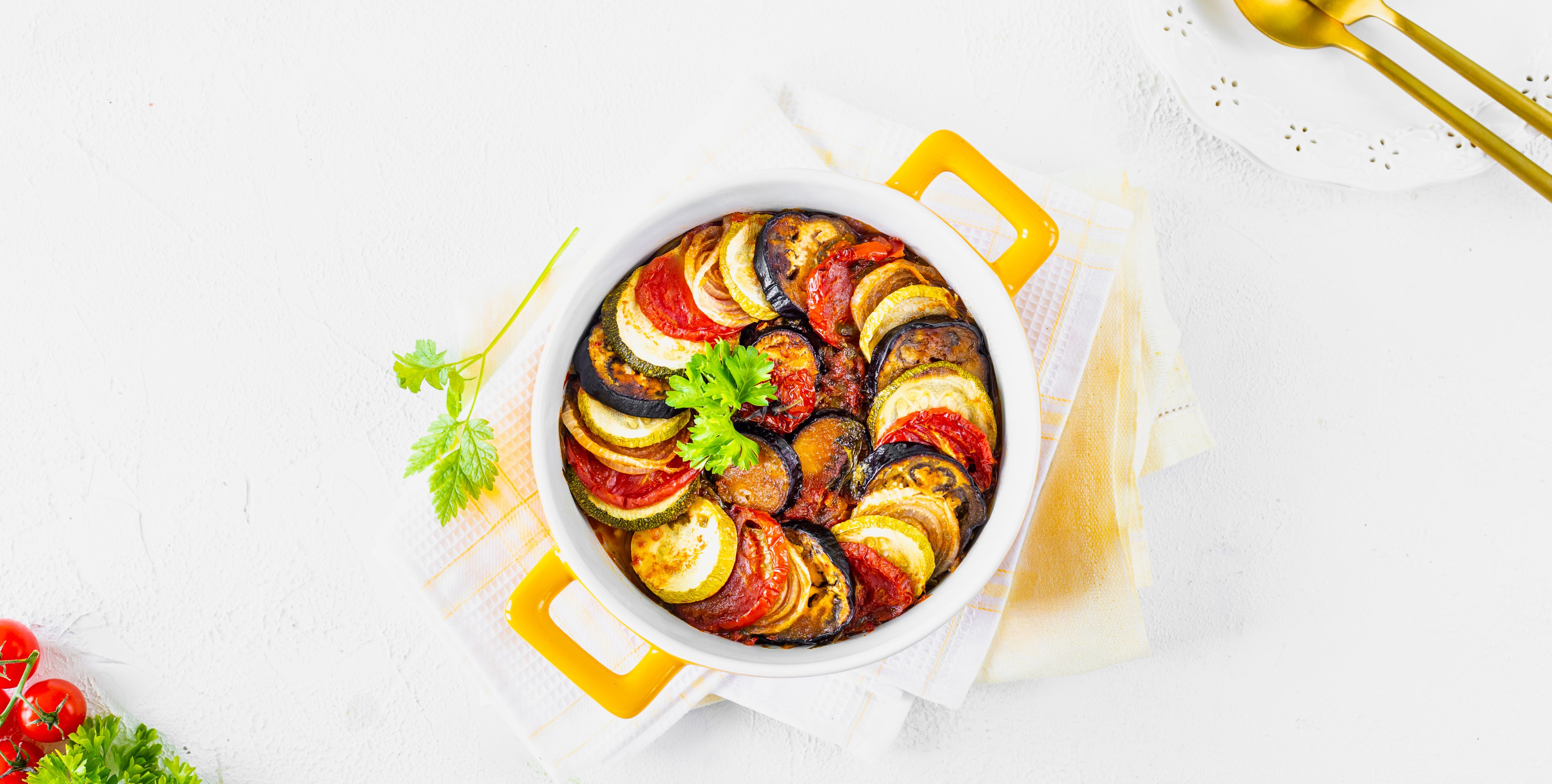
These sides not only pair beautifully with roast lamb but also add colour, texture, and a range of flavours to your meal, ensuring a well-rounded and satisfying dining experience.
Where Can I Buy Scotch Lamb Near Me?
To prepare the perfect roast lamb dinner, you need to start by sourcing outstanding ingredients such as premium quality Scotch Lamb.
But getting your hands on fresh local produce shouldn't be a chore! This is why we have created our user-friendly map that makes great produce accessible to everyone. Just enter your postcode, and the map will guide you to your nearest Scotch meat supplier.
It is as simple as that!
Supporting Scottish Farmers
Moreover, when you choose Scotch Lamb, you are also supporting a community of passionate Scottish farmers who uphold longstanding traditions of producing some of the finest quality meat in the world. This commitment not only distinguishes the Scottish red meat industry but also celebrates the rich heritage and meticulous care that goes into every cut of meat.
What's The Scotch Difference?
Let us take you on a journey into what makes Scotch Beef, Scotch Lamb and Specially Selected Pork so special, and how we produce such high-quality meat renowned and enjoyed worldwide.


- © MakeitScotch 2025
- Cookies
- Privacy
- Terms of Use
Site by Art Department
